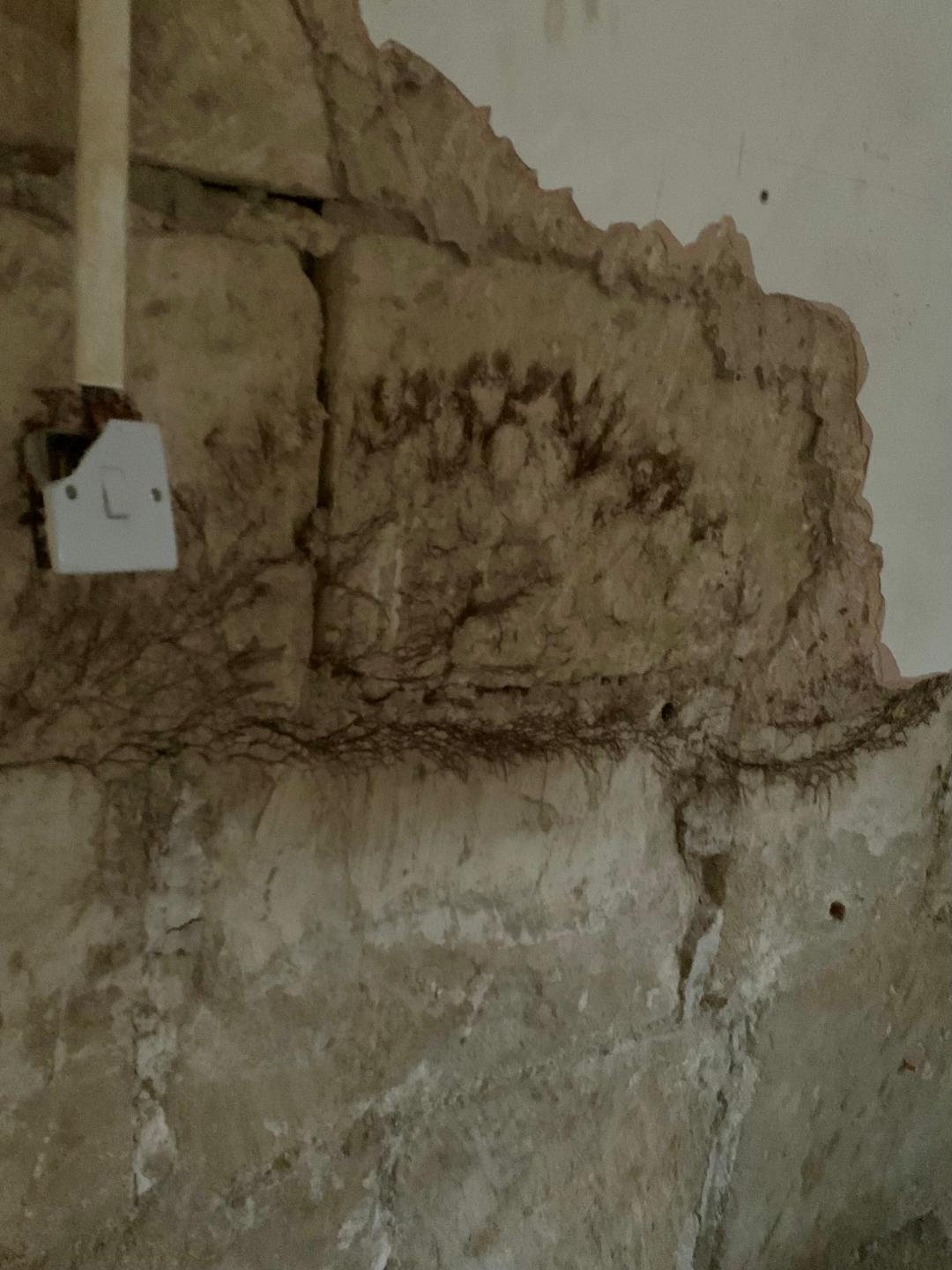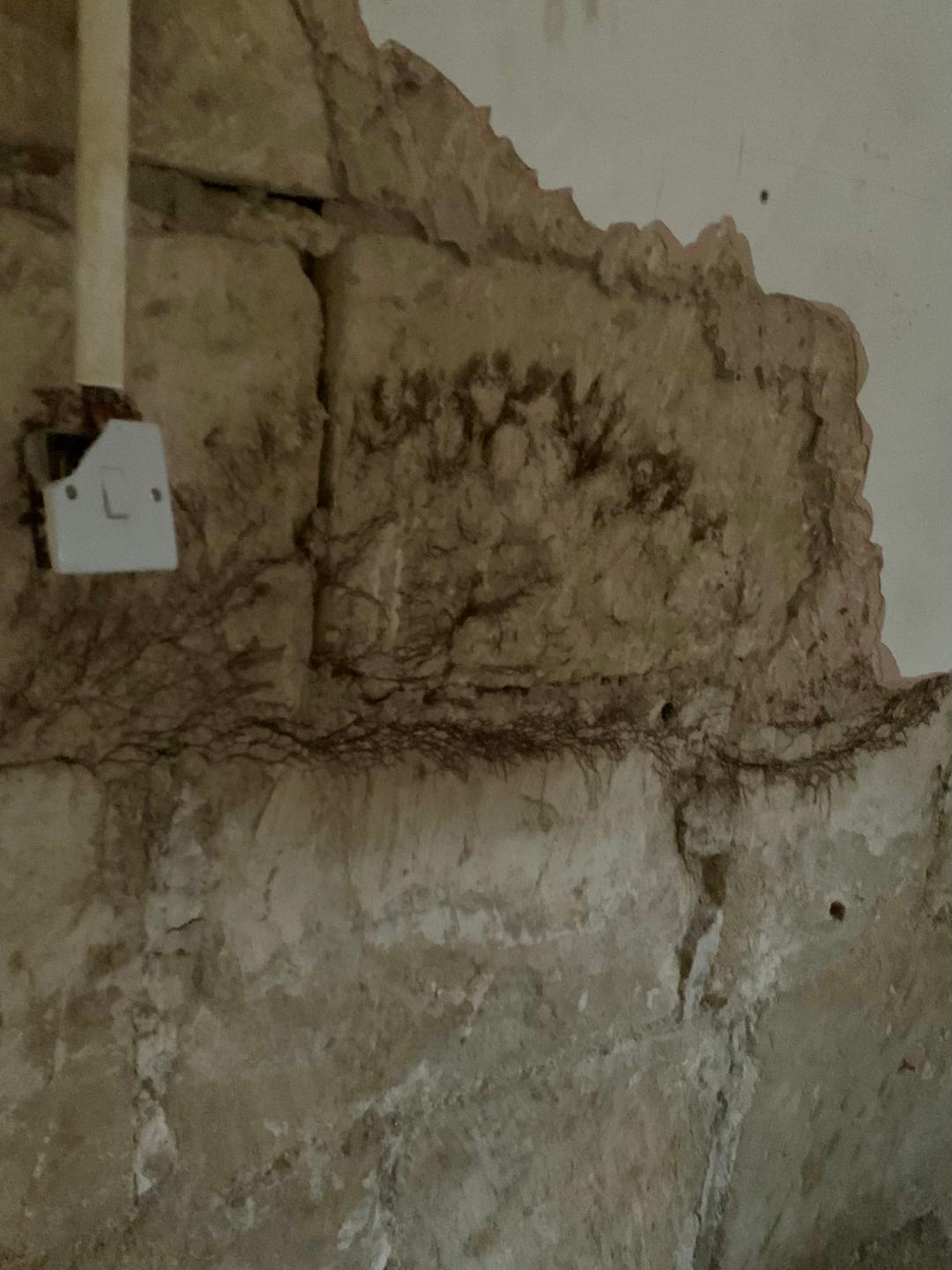Dry Rot: Causes, Treatment, and Prevention

Introduction
This week, whilst working on a project for a Contractor, we came across Dry Rot growing between the wall and the plaster.
Dry rot is a common problem that can wreak havoc on wooden structures, causing significant damage if left untreated. In this article, we will explore the causes of dry rot, discuss effective treatment options, and provide tips for preventing its occurrence.
What is Dry Rot?
Dry rot, scientifically known as Serpula lacrymans, is a type of fungus that thrives in damp and poorly ventilated environments. It feeds on wood, causing it to decay and lose its structural integrity. Dry rot can spread quickly if not addressed promptly, leading to extensive damage and costly repairs.
What Causes Dry Rot?
Dry rot requires certain conditions to flourish. These typically include a moisture content of at least 20%, lack of ventilation, and a food source (wood). Common causes of dry rot include:
- Leaking Pipes or Roofs: Moisture from leaking pipes or roofs can provide the ideal environment for dry rot to grow.
- Condensation: Excessive condensation in poorly ventilated areas can create the damp conditions necessary for dry rot development.
- Poor Drainage: If water accumulates around the foundation of a building, it can lead to increased moisture levels and create a favorable environment for dry rot.
- High Humidity: Areas with high humidity levels, such as basements or crawl spaces, are more susceptible to dry rot growth.
On the project we were working on the cause of the Dry Rot was excessive moisture at the bottom of a Bath Stone wall because there was no damp proof course (DPC).
Treatment Options for Dry Rot
Early detection and intervention are crucial when it comes to treating dry rot. Ignoring the problem will only allow it to worsen and potentially cause irreparable damage. Here are some effective treatment options:
- Identify and Eliminate the Source of Moisture: Address any water leaks or excessive moisture issues to prevent dry rot from spreading.
- Remove Affected Wood: Remove all affected wood, including surrounding materials that may be contaminated, to stop the spread of dry rot.
- Apply Fungicides: Fungicides can be used to treat the affected area and prevent further growth of the fungus. However, fungicides alone are not a permanent solution and should be used in conjunction with other treatments.
- Replace Damaged Wood: Once the affected wood has been removed, it is essential to replace it with new, treated wood to restore the structural integrity of the affected area.
On this project all the woodwork will be replaced. The plan is also to dig up the concrete floor, install a damp proof membrane (DPM) and inject the walls with chemical DPC.
Preventing Dry Rot
Prevention is key when it comes to dry rot. By taking proactive measures, you can minimize the risk and potential damage caused by this destructive fungus. Here are some preventive steps to consider:
- Control Moisture Levels: Ensure good ventilation and address any moisture issues promptly to prevent the growth of dry rot.
- Inspect Regularly: Conduct regular inspections of your property, paying close attention to areas prone to dampness or poor ventilation.
- Maintain Gutters and Drainage Systems: Keep gutters and drainage systems clear to prevent water from pooling around the foundation of your property.
- Treat Wood Surfaces: Apply wood preservatives to vulnerable areas, such as window frames, doors, and other exposed wooden surfaces, to protect them from rot.
Conclusion
Dry rot is a serious issue that can compromise the structural integrity of wooden structures. By understanding the causes, implementing effective treatment options, and taking preventive measures, you can protect your property from the devastating effects of dry rot. Remember to address any moisture issues promptly, remove affected wood, and consult a professional when necessary. By doing so, you can ensure the longevity and durability of your property.
